#house of devlin
Text
#masters of the pump#motp#boys#the boys#homelander#the boys meme#homelander meme#gym life#gym#Powerlifting#powerlifter#bodybuilding#bodybuilder#crossfit#xfit#strongman#houseofdevlin#house of devlin#mastersofthepump#workout#fitfam#gymlife#devlin#big al devlin
12 notes
·
View notes
Text
youtube
Kicks in Pugilism??
Although there are a multitude of kicks used within pugilism, including round-house, front and stamp kicks, they are much less common than punches and other strikes. For a fighting discipline that has little to no rules, it may seem strange that kicks are rarely used. Well, there is a reason, and here is why!
One of the key differences that sets pugilism apart from other striking martial arts, is that the bare fist is used. This can lead to serious injury to the aggressor, if a punch, when thrown, strikes the opponent’s head. A broken fist or wrist will lose you a fight, and so punches, for the majority of the fight, will instead be aimed at the body.
The body being a much softer target to strike, allows powerful blows to be used with confidence, and at little risk of injury. However, to strike at your opponent' body with punches, recquires you to be at very close range.
Normally punches aimed at your opponent’s head, can be thrown at your full reach, however to strike at your opponent’s body at said range, would require you to overreach and throw your punches with a downwards angle. Not only is this detrimental to the power of the strike, but it forces your guard to open up, exposing you face to your opponent. Strikes of this nature are simply put, easily countered, and offer little to your own offence.
Instead, for body punches to be effective, you must be well within your own reach, allowing for more level and even upright strikes (hooks and uppercuts) to be thrown. This allows you to get your bodyweight behind your punches, maximising power.
Up close and personal, just the way we like it!
As such, kicks are rarely seen within pugilism, simply because the fighters are typically too close to one another to use them. As the fight waxes and wanes, there will of course be moments when the fighters will be at range to one another, this being the point where we see kicks being used. But, pugilstic encounters are intense affairs! And the fighters will quickly re-engage at close range.
Anything to Win - The Ultimate Fighting Manual
This is an upcoming training manual, written by Alastair Devlin.
The aim of this manual will be to collect all the main fighting techniques from pugilsim of old, during the period of the Broughton ruleset. With the mindset of the fighters from this period being:
"Anything To Win"
No rules, no mercy. This fighting manual is the most complete and functional "Street Defence" training manual ever made.
#alastair devlin#anything to win#atw#bare knuckle#bare knuckle boxing#big al devlin#bkb#book#boxing#devlin#big al#house of devlin#houseofdevlin#bare knuckle fighting#bare fist#london prizefighting#prize fighting#prize fighter#pugilst#pugilism#street fighting#street defence#street fighter#mma#martial arts#broughton#kindle#self defence training#self defence techniques#self defence
2 notes
·
View notes
Text
The Hero befriending the Villain's Child is the Ultimate Power Move:
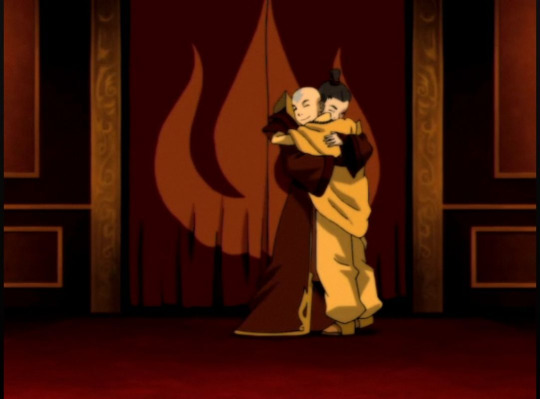


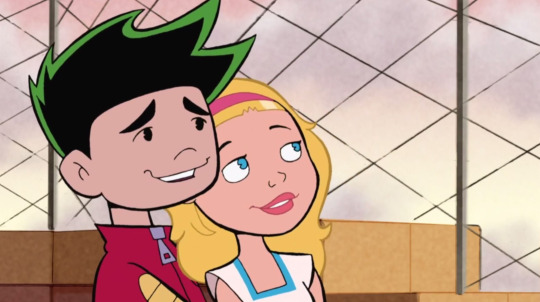
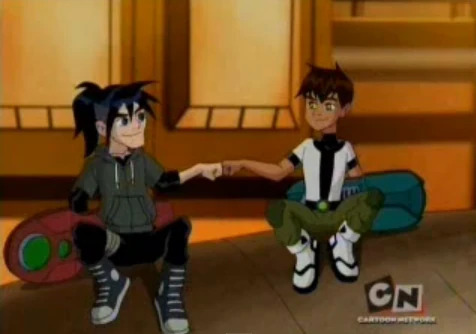


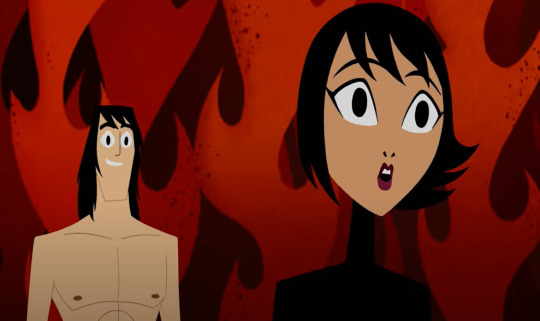

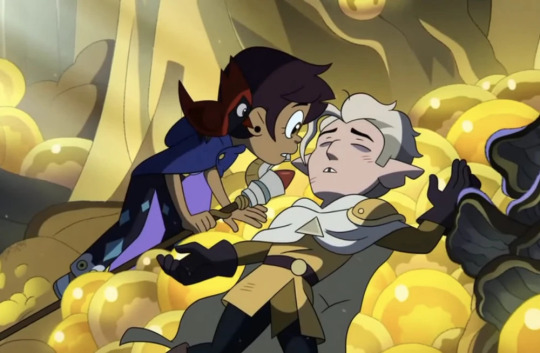
#avatar the last airbender#teen titans#danny phantom#american dragon jake long#ben 10#powerpuff girls#my life as a teenage robot#samurai jack#adventure time#the owl house#zuko#raven#dani#rose#devlin#brick#vega#ashi#marceline#hunter
255 notes
·
View notes
Photo
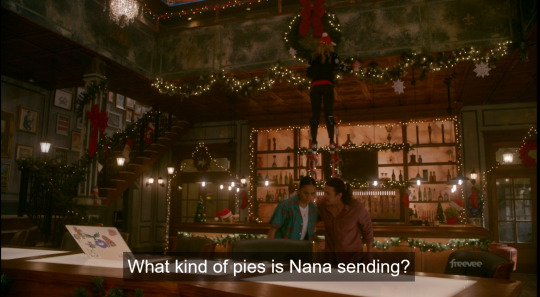
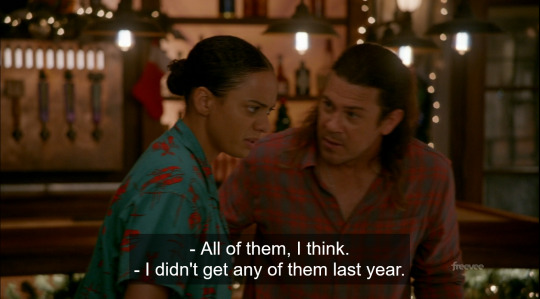
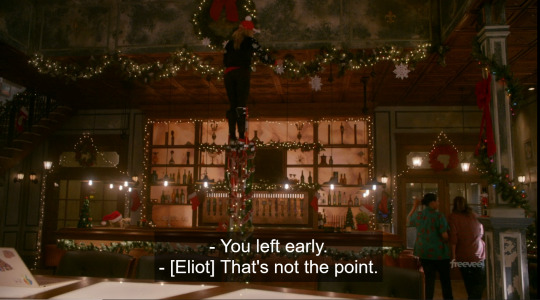
“you left early” ELIOT GOES TO NANA’S FOR CHRISTMAS EVERYONE
#DEAN DEVLIN YOU ARE SPARED FROM ME EGGING YOUR HOUSE TODAY#THANK YOU AND GOODNIGHT IM STOPPING THE EPISODE HERE THEY CANT TOP THIS SO IM SURE THEYLL RUIN IT LMAO#HE GOES TO NANA'S GOD BLESS EVERYONE#MERRRY CHRISTMAS TO ME#leverage#leverage redemption spoilers#l2 spoilers#leverage redemption#ot3: hitter hacker thief#alec hardison#eliot spencer#parker#breanna casey
1K notes
·
View notes
Text


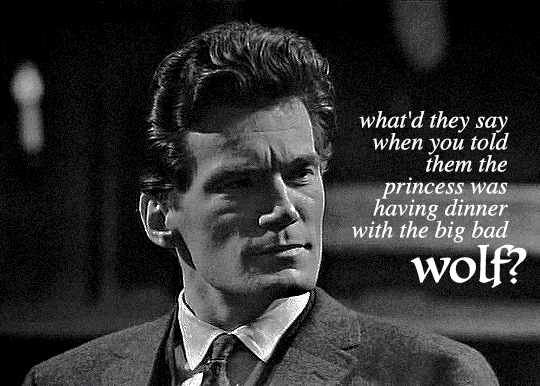
dark shadows 1966 + the metaphoric supernatural
#aaaaaaand post. i'm so ready to be done with this one oml.#completely by accident i ended up making the genius choice to have roger standing where barnabas' portrait will be ! thanks brain.#➤ edits & art. ┊ the evans cottage art gallery.#➤ re: burke devlin. ┊ i am stranded in a hungerland of great prosperity.#➤ elizabeth collins stoddard. ┊ I belong to the house. the house belongs to me.#➤ roger collins. ┊ I and my ghosts want a drink.#dark shadows#dark shadows 1966
132 notes
·
View notes
Text
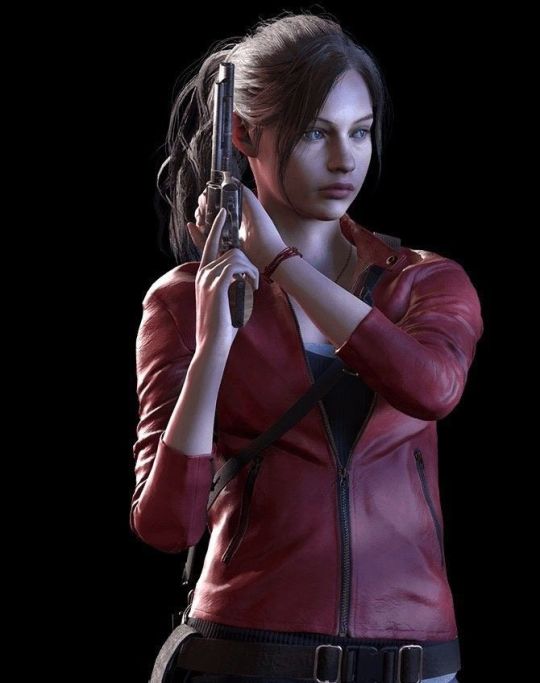

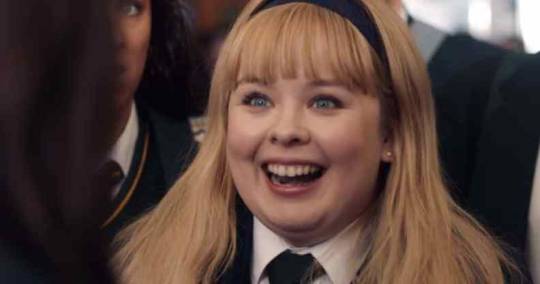



I'm doing a series of "Best Character Named X" polls where all the characters have the same first name but are from completely different media, feel free to send in name/charcacter suggestions, I'm posting one poll a day, check my pinned post for active polls
#best character named x#poll#poll game#claire redfield#claire dunphy#clare devlin#clair pokemon#claire standish#claire underwood#resident evil#modern family#derry girls#pokemon#the breakfast club#house of cards
70 notes
·
View notes
Text

I do wonder what this lineup says about me
#but I like all these characters so Im not complaining#the only one I don’t really know anything about is Spooky#my art#digital art#6 characters#6 character challenge#6 characters that remind me of you#ralph devlin#plainview#energizer bunny#spookys house of jumpscares#dry bones#mario#crashbox#professor rocket
119 notes
·
View notes
Text
#OTD in 1969 – Bernadette Devlin, a newly elected MP, made a controversial maiden speech in the House of Commons.
I understand that in making my maiden speech on the day of my arrival in Parliament and in making it on a controversial issue I flaunt the unwritten traditions of the House, but I think that the situation of my people merits the flaunting of such traditions.
I remind the hon. Member for Londonderry (Mr. Chichester-Clark) that I, too, was in the Bogside area on the night that he was there. As the…
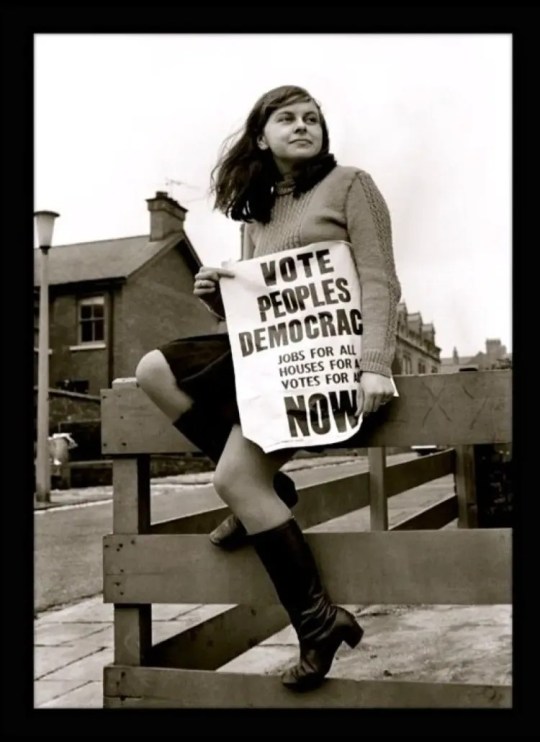
View On WordPress
#22nd Birthday#Bernadette Devlin#Bernadette Devlin McAliskey#British House of Commons#Controversial Speech#MP
7 notes
·
View notes
Text
Episode 302: As dead as Jeremiah Collins
When new writers start working on Dark Shadows, they do some inventorying of ongoing and disused storylines. When Ron Sproat came aboard in November of 1966, he contrived a lot of scenes that served to mark storylines as “To be developed” or “To be discarded.” Now Gordon Russell has begun to be credited with scripts. He addresses continuity questions with brief lines of dialogue.
For example,…

View On WordPress
#anthony george#barnabas collins#bossy big sister bratty little brother#burke devlin#continuity#dark shadows#dark shadows before i die#elizabeth collins stoddard#fanfic#gaslighting#gordon russell#joan bennett#julia hoffman#mrs acilius#paternity#the house by the sea
7 notes
·
View notes
Text
Absolutely fucking sobbing at the finale of Derry Girls nobody talk to me
#the idea that you can’t know what’s going to happen#but you have to do your best to make it better than what has happened#making new dreams from the pieces of the broken ones#I’m an absolute mess#there is no other show like it#derry girls#grandpa joe#jumping out of the poll house with the baby#nobody touch me#i’m a puddle#derry girls is the best show on Netflix#erin quinn#orla mccool#james maguire#michelle mallon#clare devlin#I learned more about#irish history#from this show#than I ever did in school
15 notes
·
View notes
Text
why is the fucking world did they have arthur pulling the crown out of the secret department in the fuckinf PREVIEW included after last week's episode. that... was your one element of surprise kinda for your kinda sorta "con" if we can call it that? literally ruining the climactic reveal
#the crown achievement job#leverage redemption spoilers#leverage redemption#leverage#dean devlin I am gonna join taylor in egging your fucking house#leverage critical#most of the preview was from the museum makeover job... why include one of the only actuaky preview bits with the climax
12 notes
·
View notes
Text
youtube
What an arms workout! Left me aching for a whole week afterwards
#bodybuilding#gym#workout#gymlife#muscle#fitfam#big#powerlifting#devlin#bodybuilder#arms#arms workout#biceps#triceps#bodybuilding workout#bodybuilding routine#bodybuilding program#inked muscle#houseofdevlin#house of devlin#Youtube
2 notes
·
View notes
Photo


Devlin O’Ryan Profile from Who's Who in the DC Universe 1990 #16
By Tom & Mary Bierbaum and art by Jason Pearson & Tom McCraw
#devlin o'ryan#legion of super heroes#legion#the legion of super-heroes#legion of super-heroes#5YL Legion#who's who#who's who in the dc universe#dc#dc comics house ad#jason pearson#rip jason pearson#tom and mary bierbaum#tom mccraw
6 notes
·
View notes
Text
Comics Read 7/18- 31/2022
I recently read two trade paperbacks I have had for over a year. I got them for familiarity with the authors and brand loyalty reasons. It’s harder to draw a direct notes of autobiography to these than what I read in the past couple of entries. So I am going to go straight into a discussion.
First up is Tomorrow written by Peter Milligan with art by Jesus Hervás and colors by James Devlin. I know Milligan is pretty controversial writer, but I often find myself surprised by how much I like his work, so I keep seeking it out. The plot involves a virus that leaps from the internet and kills almost all the adults in the world. But the book seems uninterested in the virus and most of its online origin. At first I was disappointedly comparing it to Milligan’s earlier, (sadly truncated) comic New Romancer, about a modern day computer programmer for a dating site accidentally bringing Lord Byron, Ada Lovelace and Cassanova into the modern world. There is a video game called Tomorrow within the comic, and the game’s creator is one of the main characters. This seems like something that would tie into the larger “how did we get here?” plot, but it doesn’t. But then I thought maybe Milligan wanted the readers to just bring our own online experiences of dehumanization and outbreaks of violence. The larger question of how are we rearing children by rearing them online? From my time on Twitter, there I often see an oscillation between “the children will save us!” and “the children really don’t know how to screen for misinformation and it’s getting worse!” By the end of Tomorrow, thinking about this was really resonating to me.
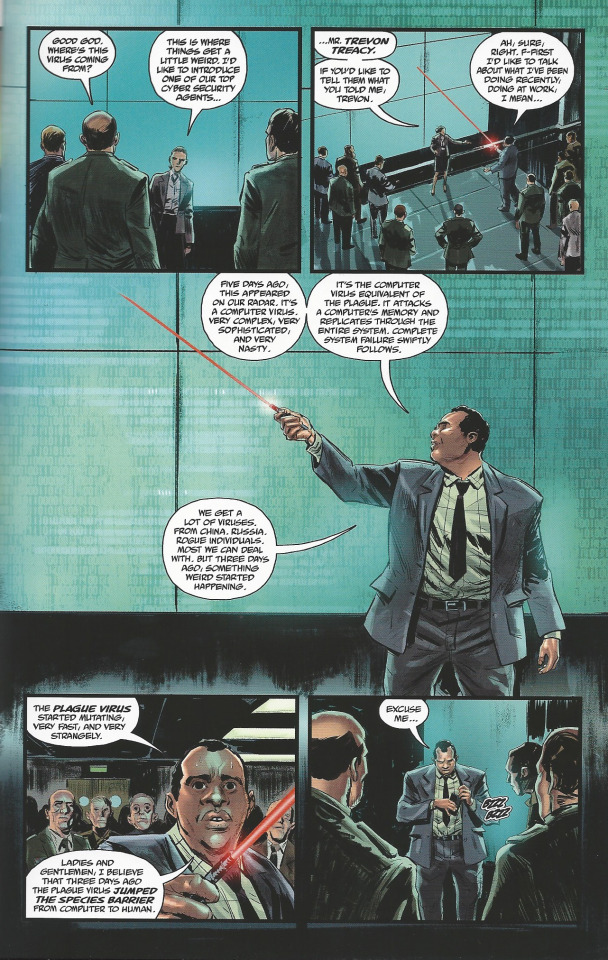
Even with this interpretation, I don’t think the comic really works. The scenes of violence often feel gratuitous. There are too many characters with too little interaction to really get invested. And there are just too much dialogue about race and sex that is cringe inducing. Its depiction of neurodiversity, which is tied to the plot, is also bad. It feels like it was created for some kind plot points, but little sense of lived experience. Two the the characters are a set of fraternal twins. The boy is portrayed as being on the spectrum. The girl isn’t. They are physically cross country from each other when the plague hits, but they have a real twin psychic connection. This gets severed by the social events that happen in the plot. It feels like there is an idea there worth exploring. But it isn’t really done in this comic. The plot here sort of stops. There isn’t even rushed wrap up like there was in New Romancer. I don’t know if there were or are plans for a follow up arc, but I don’t really want more. There was a plot involving a corporate retreat that I just couldn’t care enough about to remember from issue to issue. I also really disliked the art. It’s over detailed in a way that keeps things from coming together. I read in the the bio that Hervás trained as an engineer. It reminded me of some architects vs. engineer debates, with engineers likely to dismiss architects as just there to pretty up their scientific work. I am familiar with the work of a couple of trained artists turned comic book artist, Gabriel Rodríguez and Mikel Janín. Based on these comparisons alone, architecture is better training for switching into comic book art.
My next read was The Low, Low Woods, written by Carmen Maria Machado, with art by Dani, and colors by Tamra Bonvillain. This, like The Dollhouse Family, is another example of comics under the Joe Hill curated Hill House Comics published under DC’s Black Label imprint. Now that I have read three of the titles, I have to say how impressed by how different these horror comics all are in their styles, settings type of stories they tell. I also have to start by saying I really like Dani’s art. This isn’t just in comparison to having read a comics where I hated the art, directly before it. That comparison really made me appreciate how Dani knows when to leave things more suggested than filled in. The art is evocative and moody. In some ways it reminds me of Eduardo Risso, though with a fair helping of early Sandman artists like Mike Dringenberg. This befits the mid nineteen nineties setting.
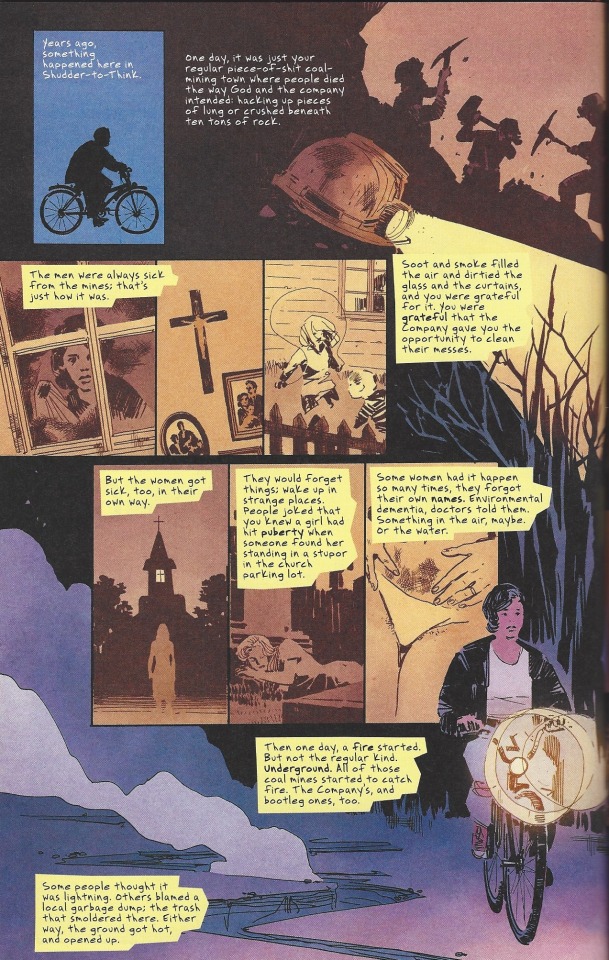
The comic takes place in the fictional coal mining town of Shudder-to-Think, Pennsylvania and concerns two teenage girls trying to figure out about some lost time at the movies as well as the other strange parts of their town such as the skinless men in the woods. Things that everyone knows about but no one talks about. Starting with the town’s name there are a lot of places with names that would be too on the nose if it wasn’t about familiarity creating blind spots.
Last year I read Machado’s memoir, In the Dream House, about recognizing that she was in an emotionally abusive lesbian relationship and the need for representation of the bad aspects in life. There are similar themes here, with less academic citing and more supernatural occurrences. In part of the In the Dream House she discusses how the stress of that relationship affected her writing style, making her out put mostly fragmentary. The initiating incident of known memory loss does create a stress in the characters life that complements the one she described in her memoir. I definitely intend to read more of her writing.
#what i’m reading#comic books#dc comics#dark horse comics#berger books#Hill House#Joe Hill#peter milligan#Jesus Hervás#James Devlin#Tomorrow#The Low Low Woods#Carmen Maria Machado#Dani#tamra bonvillain
4 notes
·
View notes
Text
Parker braiding eliot's hair in season 2 please and thank you
#look!!! look#they really did their best in s1 of redemption to convince me that poor pitiful eliot is all alone in this cold cruel world#but since i know that isnt true#and that they are (if not in love) best friends and also partners in life#and parker WOULD take just as much care of eliot as he would her#and she was would see that long hair#and she would brush it. and braid it. and neither one if them would say a word about it after#but later he'd hand her a plate with her favorite meal and she woule eat it silently while he sits there not watching her#and they would know that even with hardison not around#the two of them have each other#just like the always have and always will#leverage#leverage redemption#otp: it makes us us#eliot spencer#parker#one egg thrown against the wall of devlin's house for every episode eliots hair goes unbraided#why else would it be that long
142 notes
·
View notes
Text
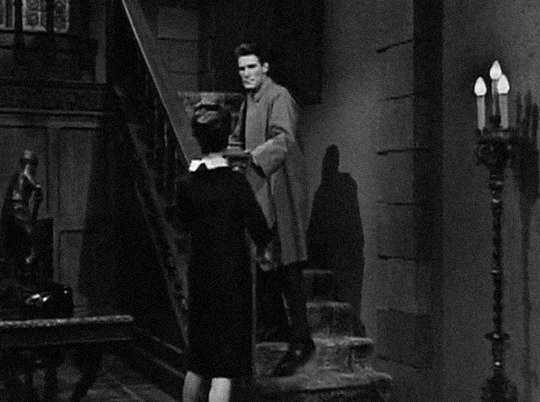

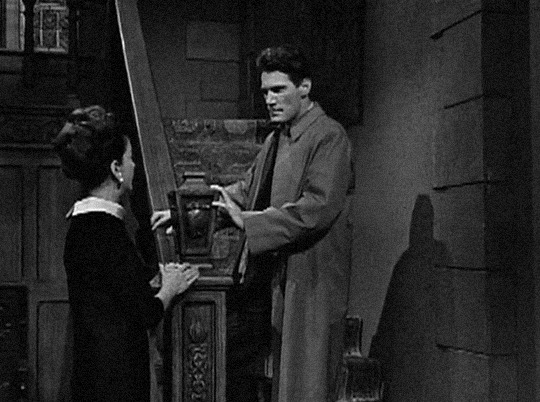



65 / 62 / 71
#lela swift understands something fundamental about my psychological condition. which is to say. age gap fucked up couples on the stairs.#love is contained in the convo across the banister where i tell you to leave my house <3 muah.#burke/liz tag#➤ roger collins & victoria winters. ┊ pain sometimes precedes pleasure,miss winters.#compilation tag#okay. a)#the parallels between vicki and burke as the dark-headed poor kid that finds themself subject to collinses & Collins-ness & everything that#it represents. vicki who follows in his footsteps as imprisoned – endangered – almost *ran over* for the sake of the family.#who; perhaps despite their better judgment; *do* enjoy the charm; the noblesse oblige; the aura of...#call it doom. around the collins siblings.#(and as we know. ''devlin has a tremendous range.'' in terms of torch-carrying)#but the romance isn't precisely my point even if i'm more than willing to believe in b/e and r/v#but an older collins – one who is perhaps not directly involved in their ruination but a participant in it.#b)#while i was looking at the scene of burke on the stairs i was struck by a feeling of ''hey you shouldn't be up there''#and immediately was like. no let's unpack that.#the stairs are one of the most-traveled parts of the scenography other than perhaps the drawing room window or the sofa BUT it's excluded#to the in-group – the family; their intimates. you don't (or shouldn't) be ascending the stairs as a stranger; an enemy.#because it traverses the boundary between the public and the private – where the drawing room is already host to secrets;#to scandal; to a type of metaphorical undressing;#the upstairs is a different realm entirely. upstairs is bedrooms; bathrooms; the tower room. sleep – intimacy – privacy – death.#burke is already trespassing in enemy territory by being in the foyer – to go on or up the stairs peels back another layer of skin.#(and worth noting that liz successfully stops him from doing so)#there's so many good r/v scenes that involve the stairs precisely because it represents that boundary between the intimate and public;#between the idea of the house as a home and house as monument.#... which is a key contention between both b&e and r&v. burke who wants collinwood as conqueror wants the castle; a monument to victory.#elizabeth who sees collinwood as her home – as the place of her childhood – as the bricks and blood of her ancestors.#vicki who is desperate to find her home there past and present. roger who sees it as monument to collins misery –#to ancestors that look down on him with undisguised hatred – to his own inadequacy – to imprisonment – to the tomb.
6 notes
·
View notes